1. Lead-Based Makeup
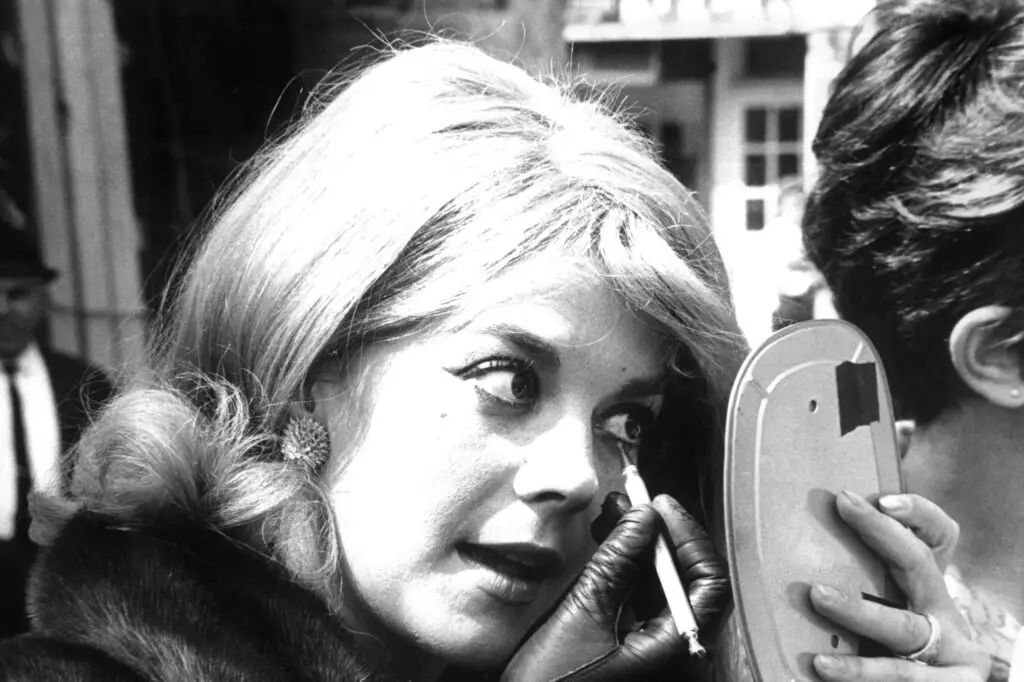
For centuries, women used lead-based makeup to achieve that pale, porcelain-like complexion. In the 18th and 19th centuries, lead-based face powders were considered the height of beauty and sophistication. Unfortunately, these products were highly toxic, causing lead poisoning, skin irritation, and even death in extreme cases. The allure of the pale face led many to ignore the long-term health consequences of repeated use.
As the dangers became more widely recognized, the use of lead-based makeup gradually declined. Today, we know that lead exposure can cause severe damage to the nervous system and other organs. However, the craze for a fair complexion pushed countless women to use dangerous substances that were marketed as beauty essentials. It wasn’t until the 20th century that regulations began to protect consumers from such harmful products.
2. Mercury in Skin Creams
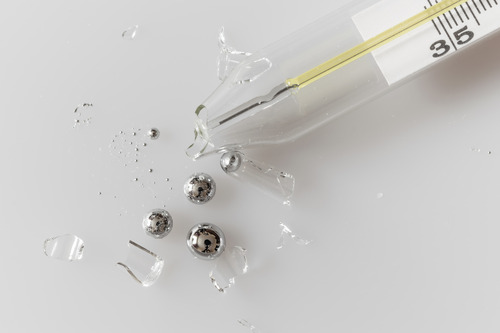
Mercury-based skin lightening creams were widely used in the 20th century, particularly in certain parts of Asia and Africa. These creams promised brighter, flawless skin, but the toxic effects of mercury were devastating. Prolonged use of these products led to mercury poisoning, which can cause damage to the kidneys, nervous system, and even result in death. Despite their harmful side effects, these creams were promoted for their “whitening” properties.
In addition to poisoning, mercury could also cause rashes, swelling, and permanent skin damage. Today, many countries have outlawed the use of mercury in cosmetics, but there are still dangerous, unregulated products circulating in some parts of the world. The pursuit of an unattainable standard of beauty, particularly skin lightening, has led to irreversible health issues for many.
3. Tightlacing Corsets
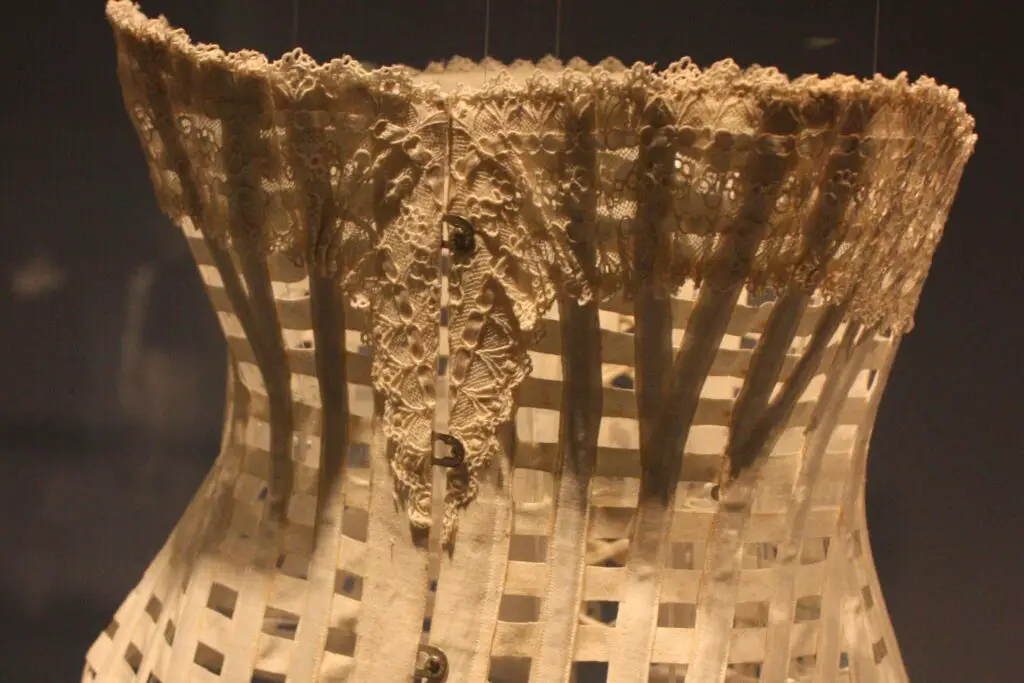
The tightlacing corset trend of the 19th century was known for drastically reshaping the waist into a tiny, hourglass figure. Women would wear these tightly-laced garments for hours every day, often tightening them to dangerous degrees to achieve a smaller waist. Unfortunately, this practice restricted breathing and movement, leading to potential damage to internal organs, including the lungs and ribs.
Tightlacing could also cause muscle atrophy, deformed ribs, and even fainting. The damaging physical effects were widespread, yet society at the time praised women who could endure such pain for beauty. While corsets have evolved into more comfortable shapewear today, the extreme versions of the 1800s left a legacy of health issues.
4. Arsenic Wafers for Pale Skin
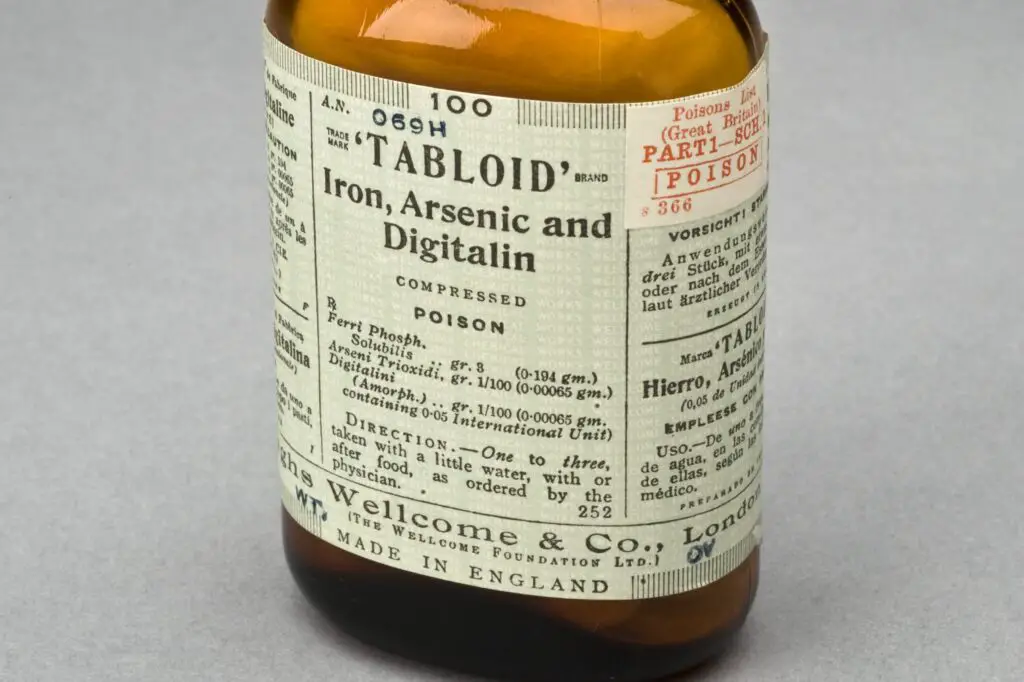
In the late 19th century, arsenic wafers were marketed as a way to achieve the fashionable pale complexion that was associated with aristocracy. These wafers, which contained dangerous doses of arsenic, were consumed to “purify” the blood and reduce the appearance of blemishes. However, arsenic is highly toxic and can lead to a range of symptoms such as vomiting, diarrhea, and even death.
The popularity of arsenic wafers persisted for decades, with many women unaware of the health risks involved. Those who used them for prolonged periods often suffered from arsenic poisoning, which could cause skin rashes, nerve damage, and organ failure. It wasn’t until the early 20th century that people began to realize just how deadly these beauty trends were.
5. Radioactive “Beauty Treatments”
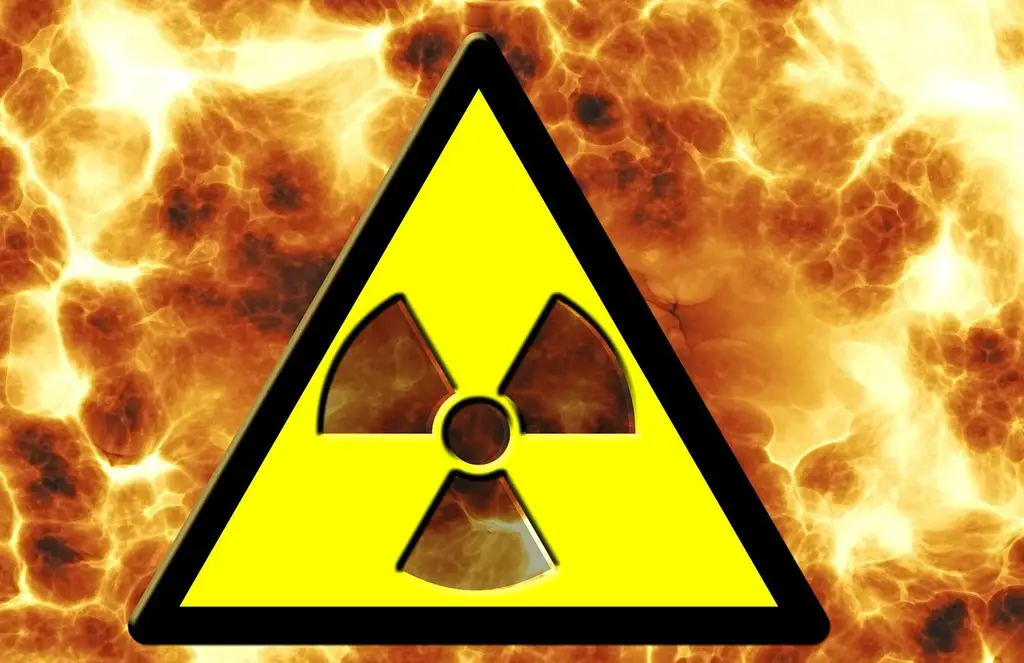
In the early 20th century, the use of radium-based products was widely advertised as the secret to youthful skin. Radium-infused creams, soaps, and even makeup products promised to rejuvenate the skin and improve appearance. Sadly, radium is radioactive, and exposure to it can cause cancer, radiation burns, and organ damage.
In some cases, radium was even used in beauty treatments where patients were exposed to radon gas or injected with radioactive substances in the name of beauty. Despite the deadly risks, these treatments were endorsed by scientists and medical professionals, making them even more appealing to the public. The truth about radium’s dangers came to light only after several women who worked with the substance began suffering from severe health complications.
6. Pumice Stones for Skin Scrubbing

In the early 1900s, pumice stones were used to scrub the skin in an attempt to smooth out rough patches and calluses. While pumice stones were considered effective for exfoliation, they were often used too aggressively, leading to painful abrasions and skin irritation. Some beauty enthusiasts even used pumice stones on their faces, which is incredibly harsh for delicate skin.
This practice could cause scarring and permanent skin damage, especially if the stone was not properly sanitized or was used too frequently. The trend eventually lost its appeal as safer, gentler exfoliation methods were introduced. Today, we know that exfoliating should be done with care to avoid compromising the skin’s protective barrier.
7. Victorian “Beauty Spots”
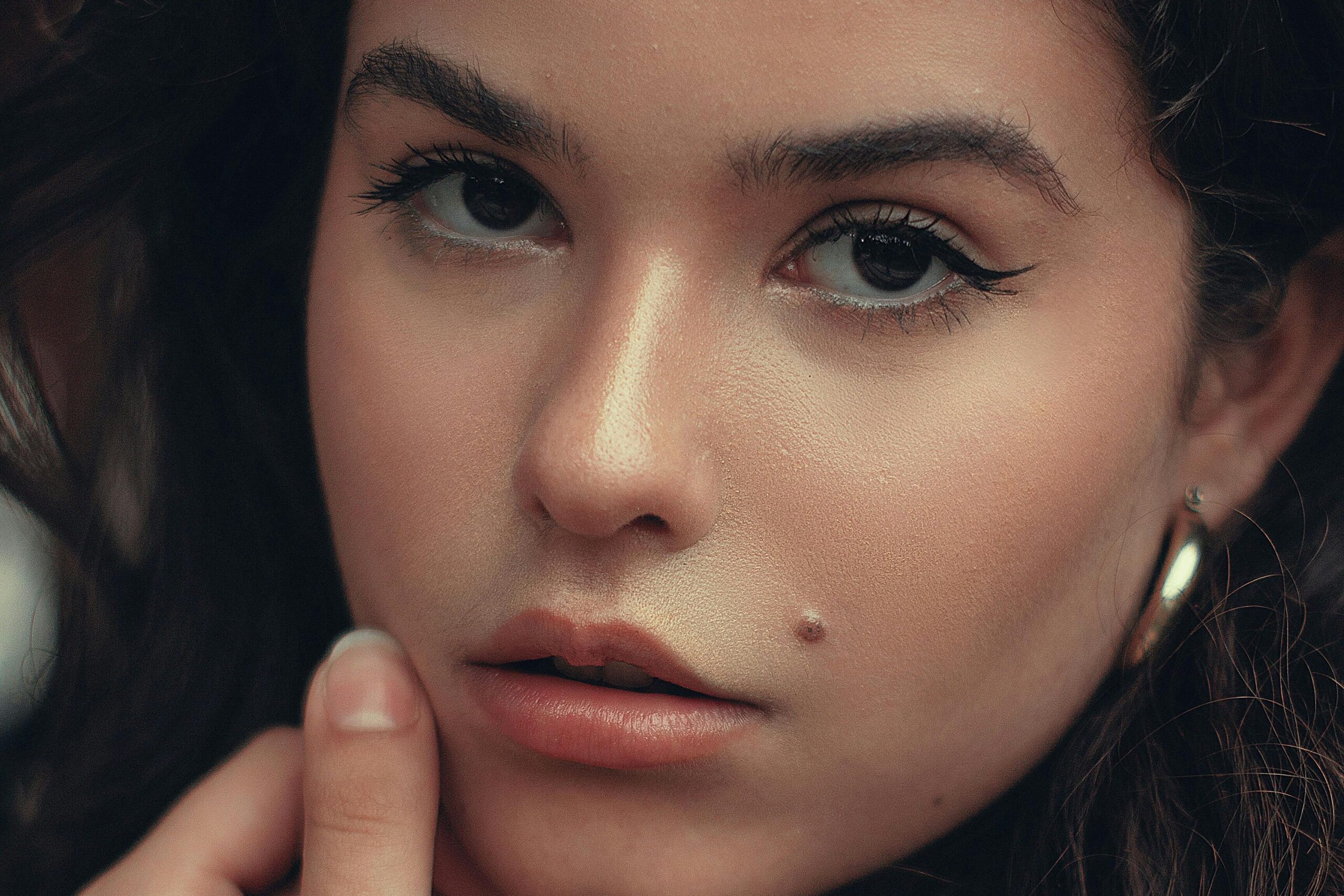
In the 19th century, beauty spots, or small artificial moles, were a highly fashionable accessory. Women would use makeup or fabric to create these marks on their faces, often in the shape of a mole or freckle. While the trend was popular, some women went to dangerous extremes to create the perfect beauty spot.
In some cases, women would use dangerous chemicals to darken their skin and create the ideal beauty mark. Others would even risk infection by using pins, needles, or unsafe materials. The obsession with these beauty spots led many to adopt potentially harmful practices in the name of beauty.
8. “Bleach Baths” for Skin Lightening
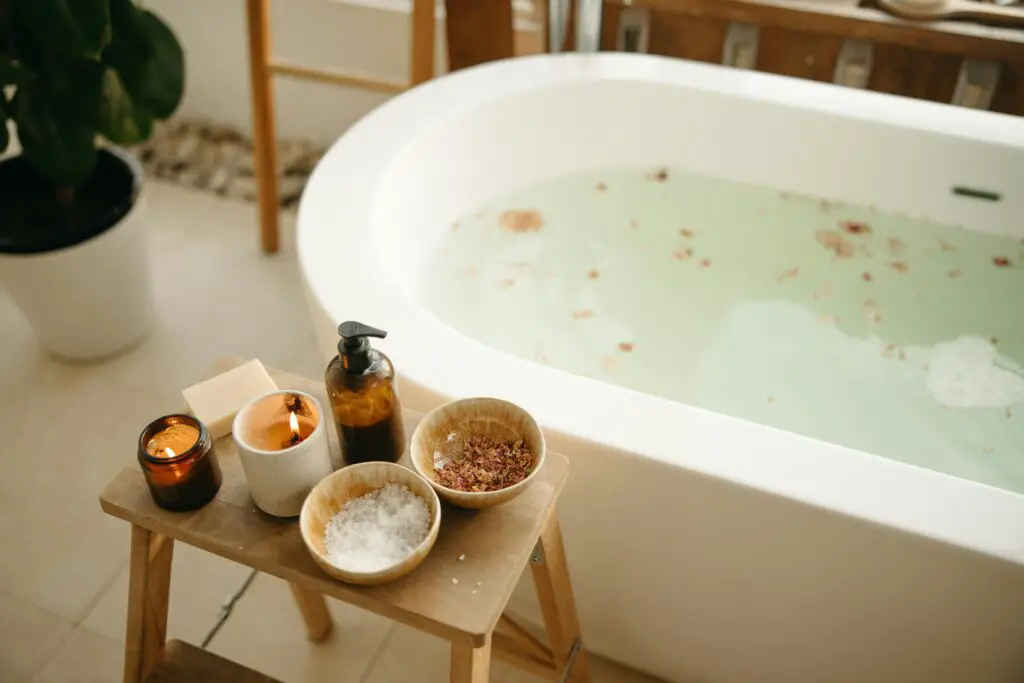
Skin lightening has been a long-standing beauty trend across the globe, with women in various cultures using dangerous substances to achieve a lighter complexion. In the 20th century, some women turned to bleach baths—soaking in solutions containing harsh chemicals like chlorine or ammonia—to lighten their skin.
These bleach baths often led to severe burns, chemical rashes, and long-term damage to the skin. Prolonged use of such treatments could cause irreversible damage, such as thinning skin and scarring. The health risks of bleaching products are still relevant today, with many harmful skin lightening treatments still in circulation.
9. Fish Pedicures
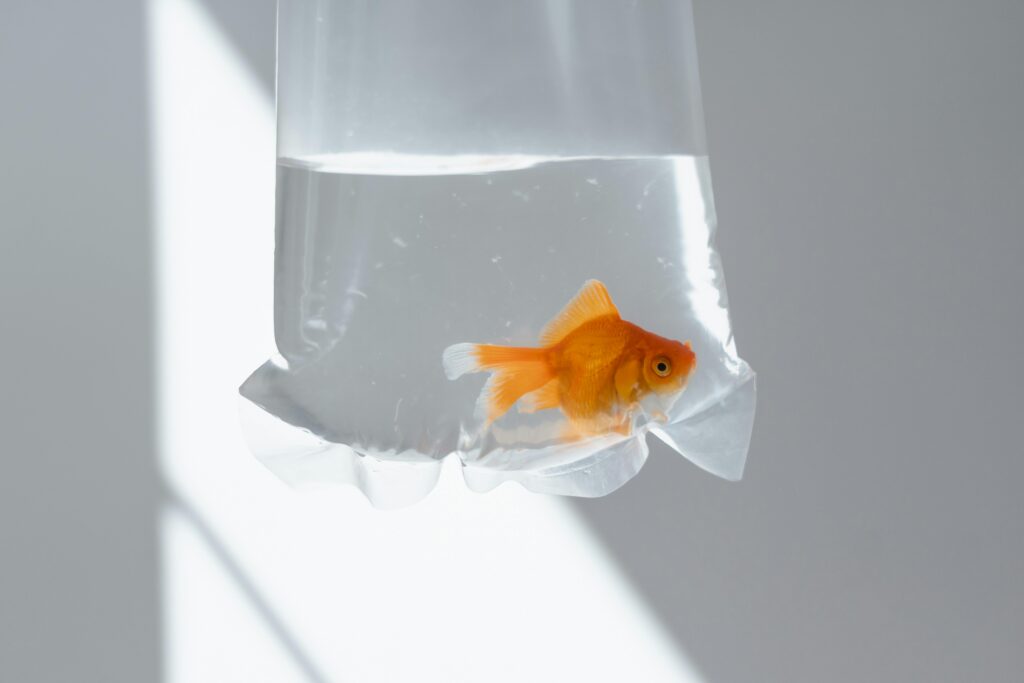
The fish pedicure, which became a trend in the late 2000s, involved placing your feet in a tank filled with small fish that nibbled on dead skin. While it might sound like a relaxing and unique beauty treatment, it posed significant risks. The fish, typically Garra rufa, could potentially carry bacteria and viruses, leading to skin infections or other health issues.
Additionally, the tanks were often not properly cleaned or sanitized, which increased the likelihood of cross-contamination among customers. Despite being banned in many countries, fish pedicures continued to be practiced in some places, with little regard for the safety of the clients involved.
10. Fainting as a Beauty Standard
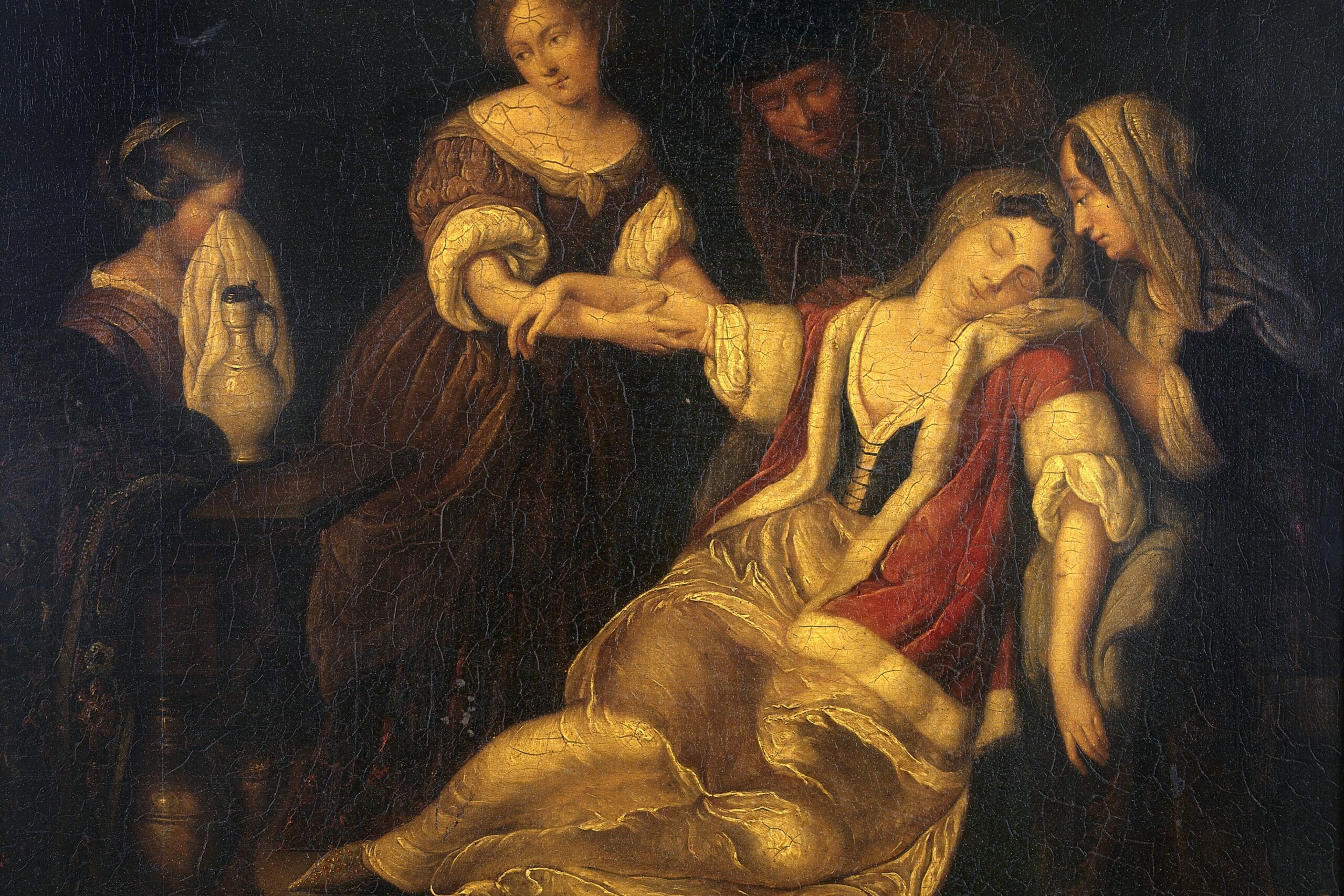
In the 19th century, fainting was seen as a sign of delicacy and femininity. Women were encouraged to faint as a form of social display, with some even using corsets or tight clothing to restrict their breathing and promote fainting. This beauty standard placed immense pressure on women to appear fragile and weak, reinforcing unhealthy ideals.
Fainting could lead to serious health risks, including brain damage or even death. Despite the dangers, fainting was considered fashionable among upper-class women, and fainting couches were a common feature in many homes. Fortunately, over time, society moved away from these harmful beauty ideals, but the legacy of prioritizing delicate appearances persisted.
11. Eating Cotton Balls

In the 1960s, a strange weight-loss trend emerged in which women would eat cotton balls soaked in juice, milk, or other liquids. The idea was that cotton would fill up the stomach and suppress hunger, leading to weight loss. While cotton is not toxic, it has no nutritional value and could cause digestive blockages, malnutrition, and even death.
The practice was part of a larger trend in the 1960s focused on extreme dieting and weight control. The dangers of eating non-food items were well-documented, yet many women continued to pursue these harmful methods in an effort to achieve an unrealistic body type. Thankfully, the trend faded as more awareness was raised about the risks of eating cotton and similar substances.
12. Using Egg Whites for Skin Tightening
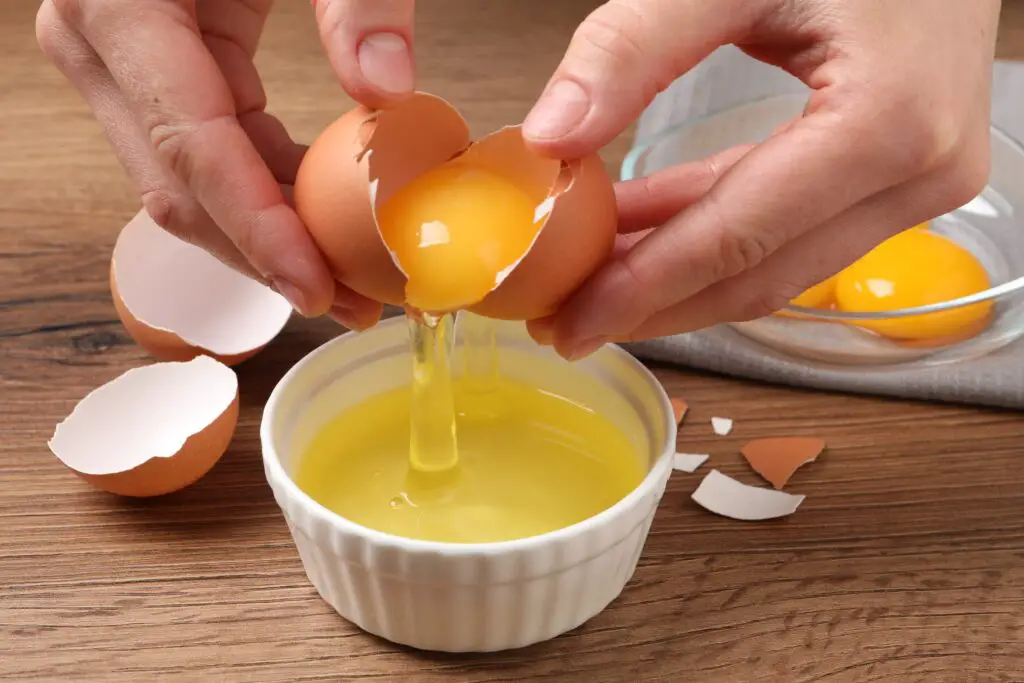
In the 1950s, it was popular to use raw egg whites on the skin, believing that they would tighten pores and give the face a more youthful appearance. The idea was that egg whites could firm up the skin and act as a natural face-lift. However, raw eggs carry a risk of salmonella poisoning, which can lead to foodborne illness and serious health complications.
Despite the potential risks, egg whites remained a popular beauty treatment for decades. Today, we know that using raw eggs on the skin is dangerous, and safer, more effective skin treatments are readily available. The trend eventually died out as people became more aware of the risks involved.
13. Using Hot Irons for Curling Hair
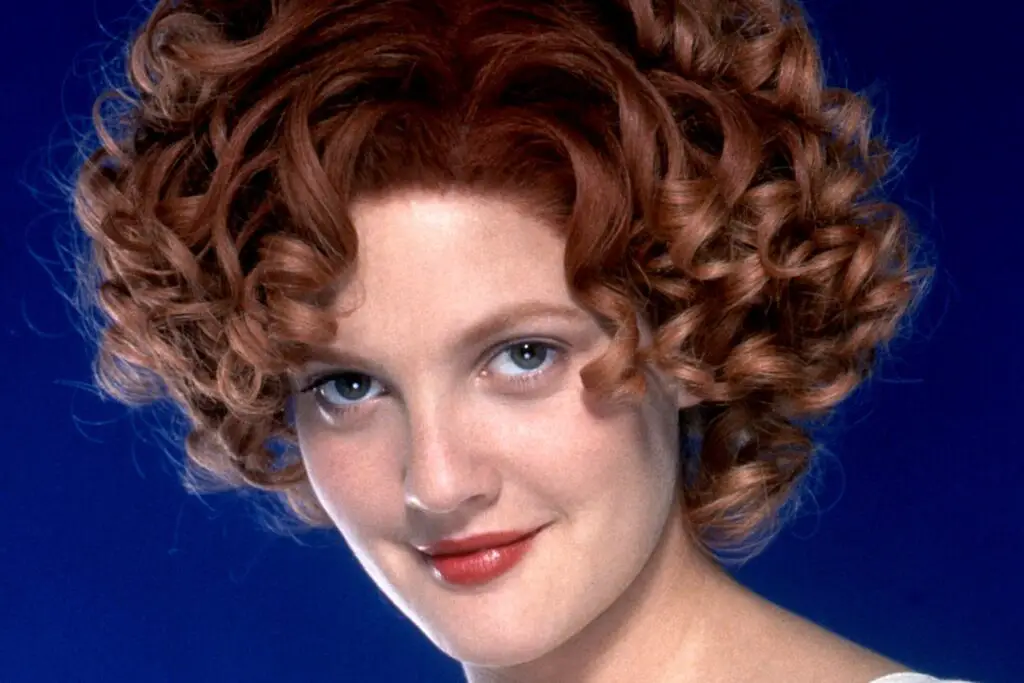
In the early days of hair styling, women would use hot metal rods or irons to curl their hair. These devices were heated over open flames, and the process was incredibly dangerous. The heat could cause severe burns to the scalp, face, and hands, and many women suffered injuries as a result of handling the heated irons improperly.
Though the invention of safer curling irons eventually replaced these dangerous devices, the trend of using extreme heat for beauty remained for years. Today, we have ceramic and heat-resistant tools that are much safer, but the risky methods of the past are a reminder of how beauty standards sometimes come at a physical cost.
14. Surgical “Beauty” Procedures with No Anesthesia
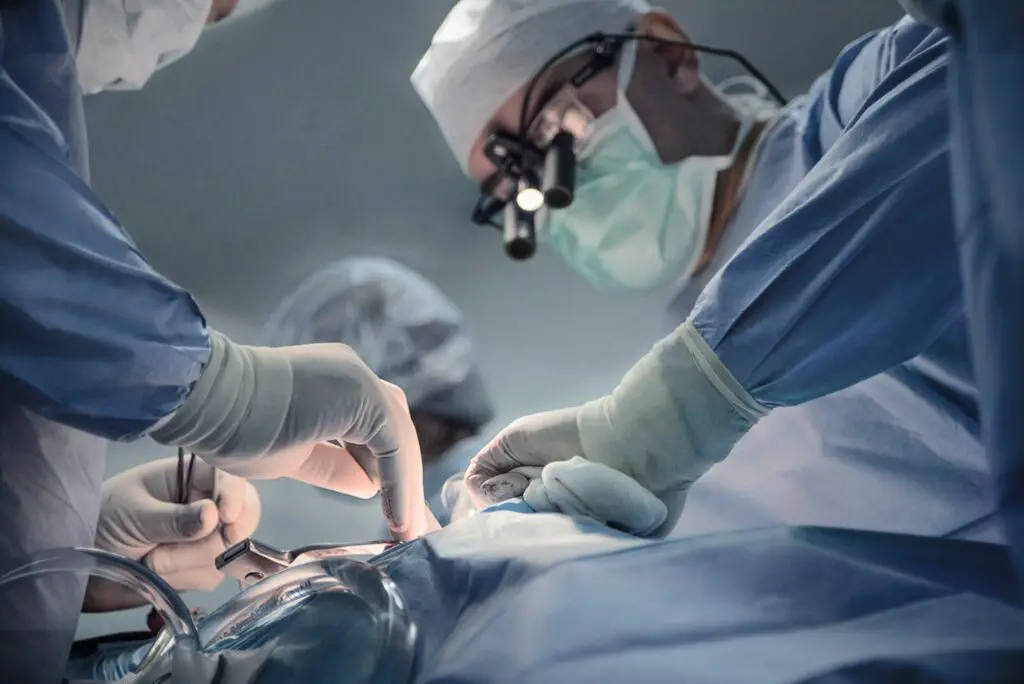
In earlier centuries, many beauty procedures, including dental work and skin treatments, were done without anesthesia. Women who underwent these treatments endured excruciating pain, often with no numbing agents to alleviate their discomfort. This practice persisted until the 19th century, despite the obvious health risks and the immense suffering it caused.
For instance, tooth extractions and skin incisions were often performed with basic tools, leaving women vulnerable to infection and long-term complications. Thankfully, anesthesia was eventually introduced, making these procedures far less painful and much safer. Today, medical advancements ensure that beauty procedures are performed with minimal pain and risk.
15. Excessive Sunbathing

In the 1970s and 1980s, achieving a deep, dark tan was considered the ultimate beauty standard. Many people would spend hours in the sun, using oils and lotions to intensify the tanning process. Unfortunately, prolonged exposure to UV radiation increases the risk of skin cancer, sunburns, and premature aging.
Despite the known risks of sun exposure, many people, especially young women, continued to bask in the sun, sometimes for hours on end. The trend of sunbathing as a beauty ideal was so strong that it persisted well into the 1990s before awareness of skin cancer and skin protection became widespread. Today, sunscreen and sun protection are considered vital in maintaining healthy skin.
16. Using Vaseline for Shiny Skin
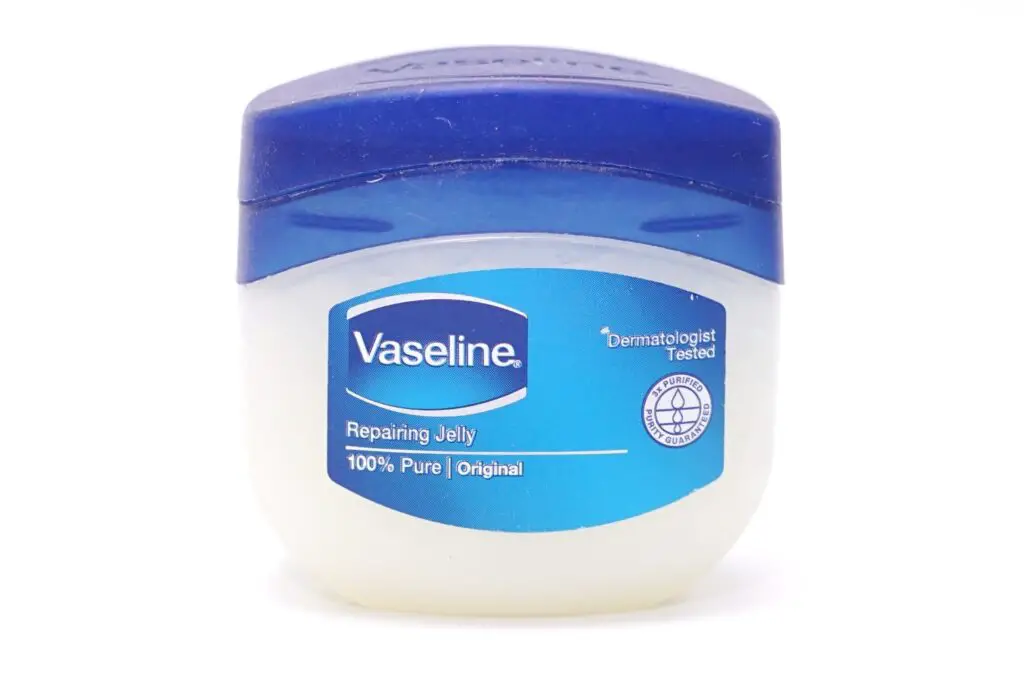
In the 1920s and 1930s, women would apply petroleum jelly (Vaseline) to their faces to create a glossy, dewy look. The idea was to make the skin appear youthful and radiant. However, the heavy and greasy texture of Vaseline clogged pores, leading to breakouts, acne, and other skin issues.
Despite the risk of acne, Vaseline was a popular beauty product for many years. The trend has long since faded, but some still use it for lip care and dry skin. Today, we have lighter, non-comedogenic products that offer the same glow without causing harm to the skin.
